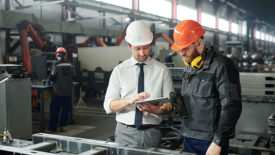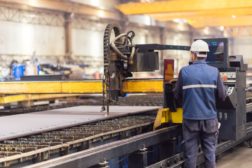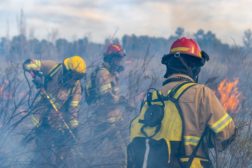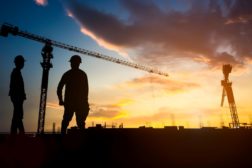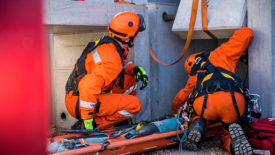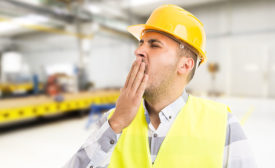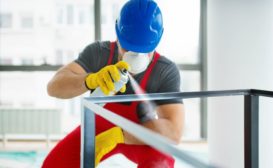Evelyn Long
Evelyn Long is the editor-in-chief of Renovated, a real estate and construction resource for industry professionals.
ARTICLES
Wildfire clean-up crews face multiple health risks
Hazards include toxic inhalation, harmful pollutants, heat exposure
November 8, 2022
Become a Leader in Safety Culture
Build your knowledge with ISHN, covering key safety, health and industrial hygiene news, products, and trends.
JOIN TODAYCopyright ©2025. All Rights Reserved BNP Media.
Design, CMS, Hosting & Web Development :: ePublishing
